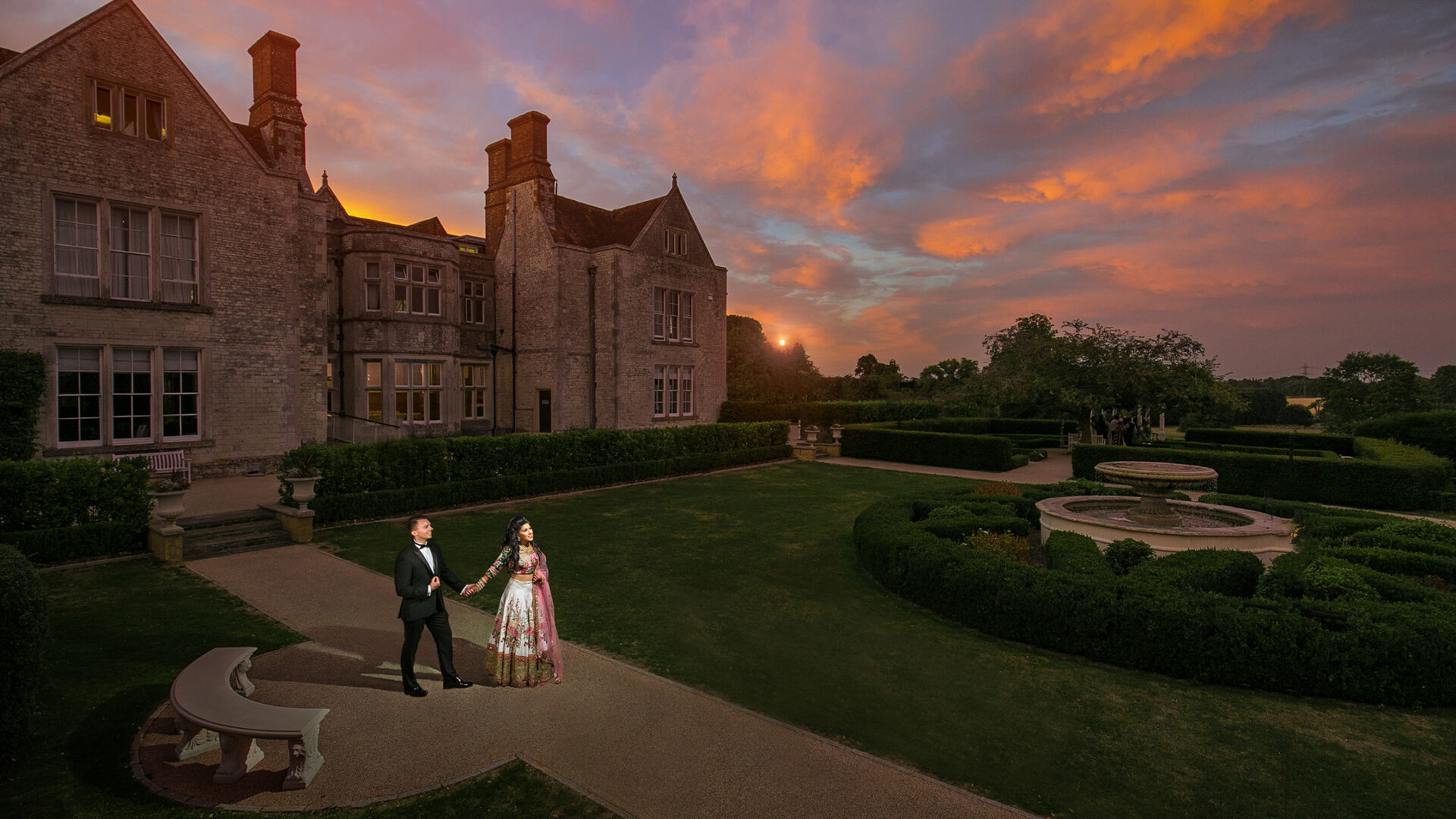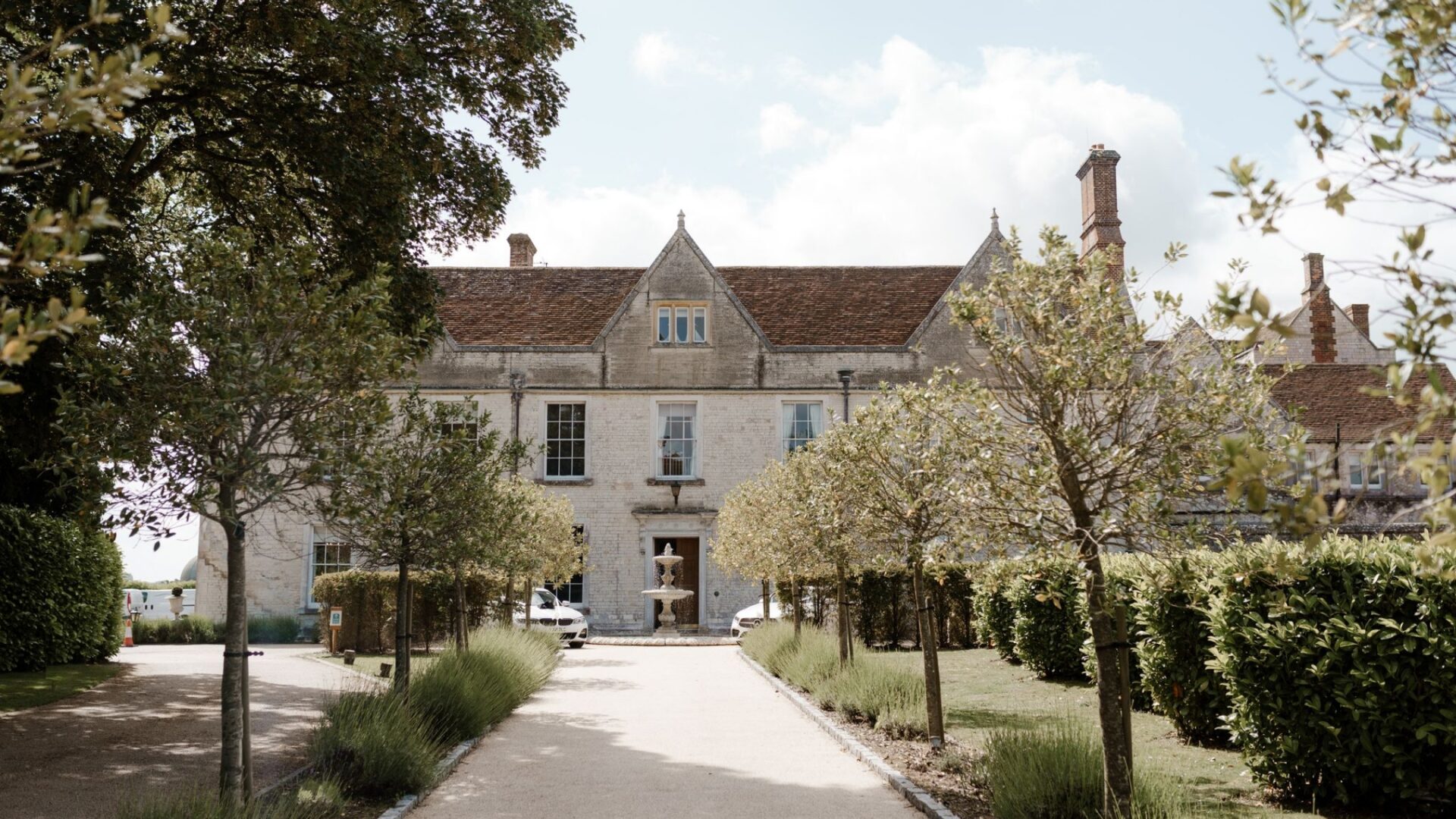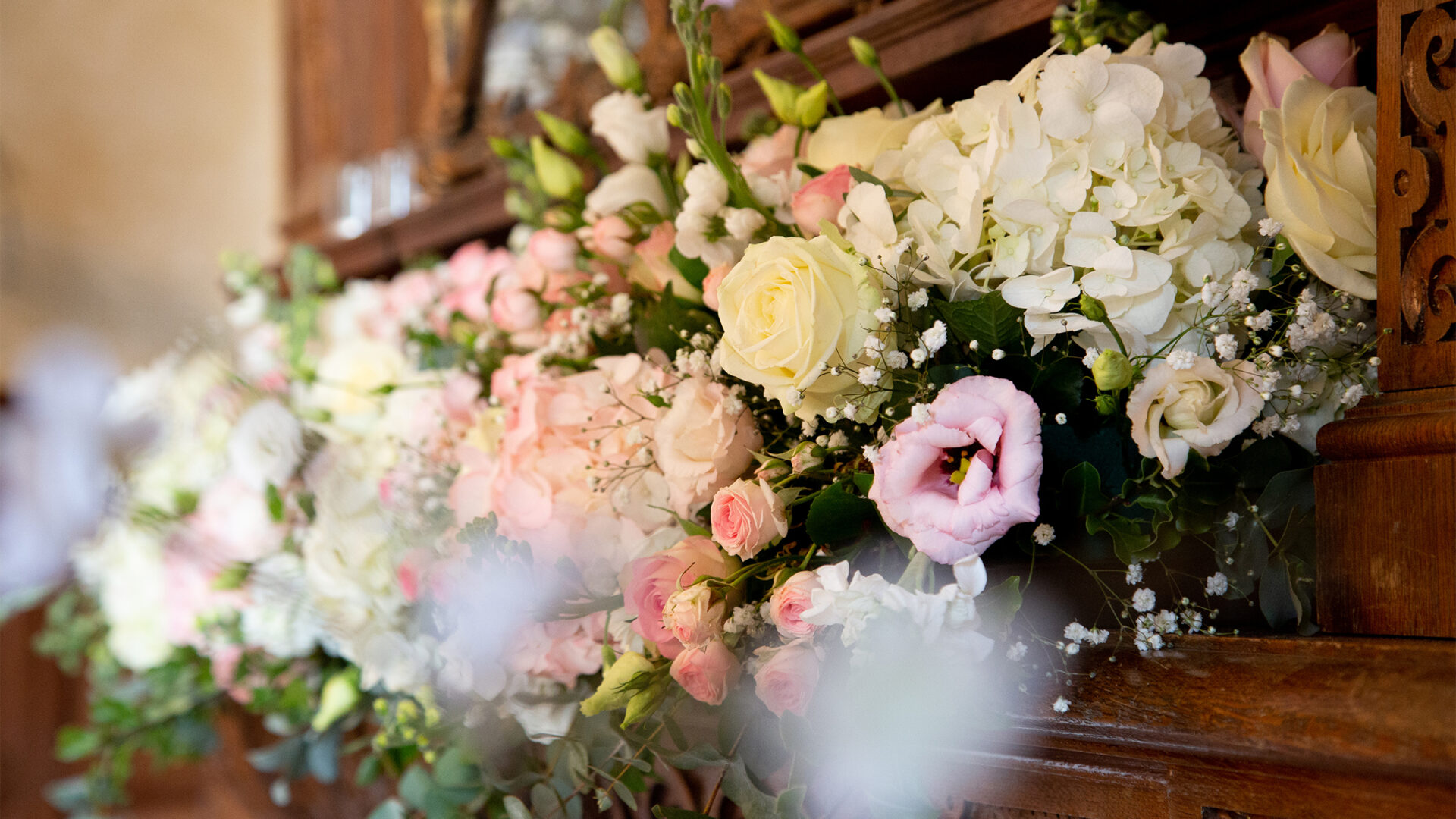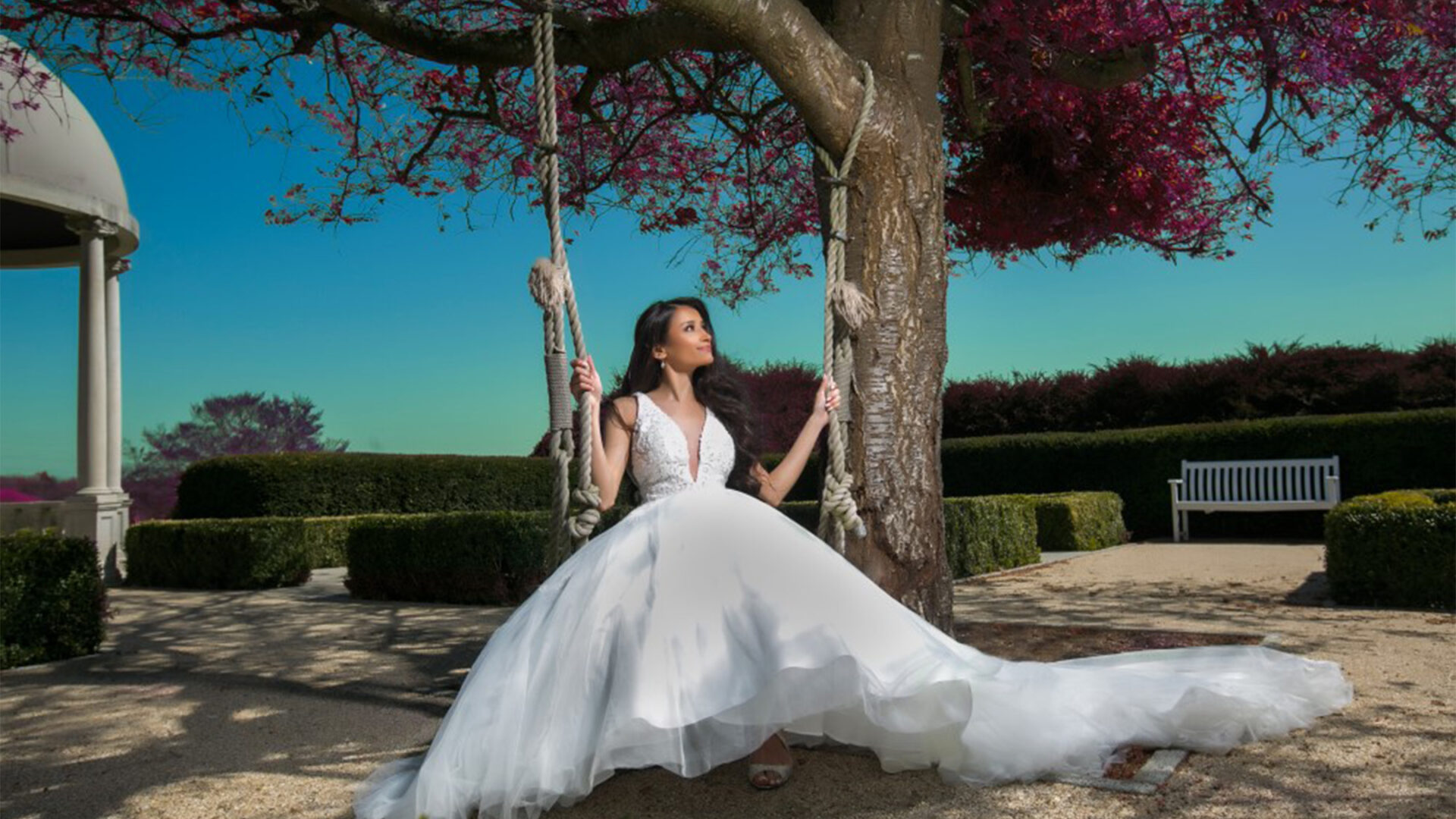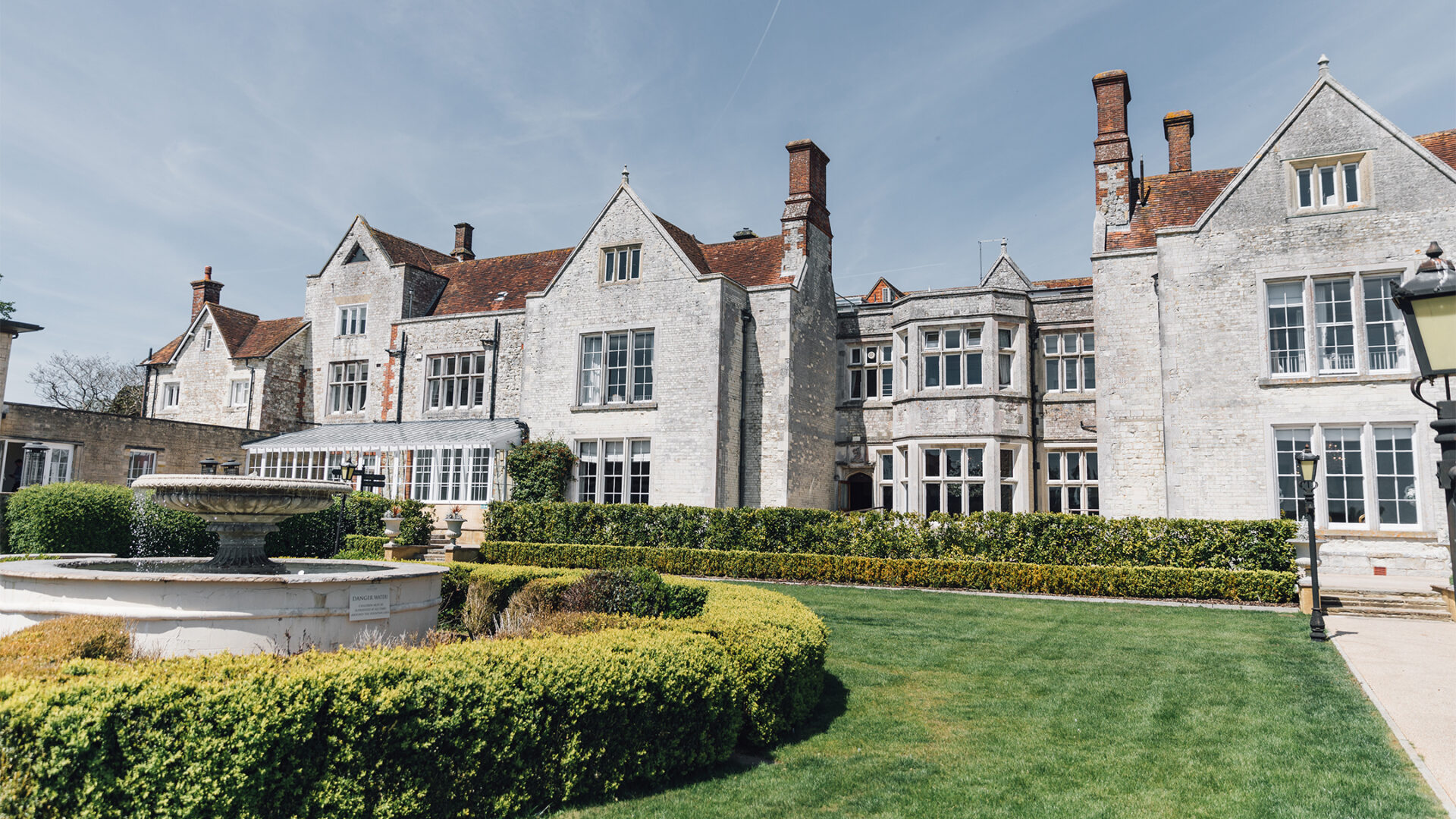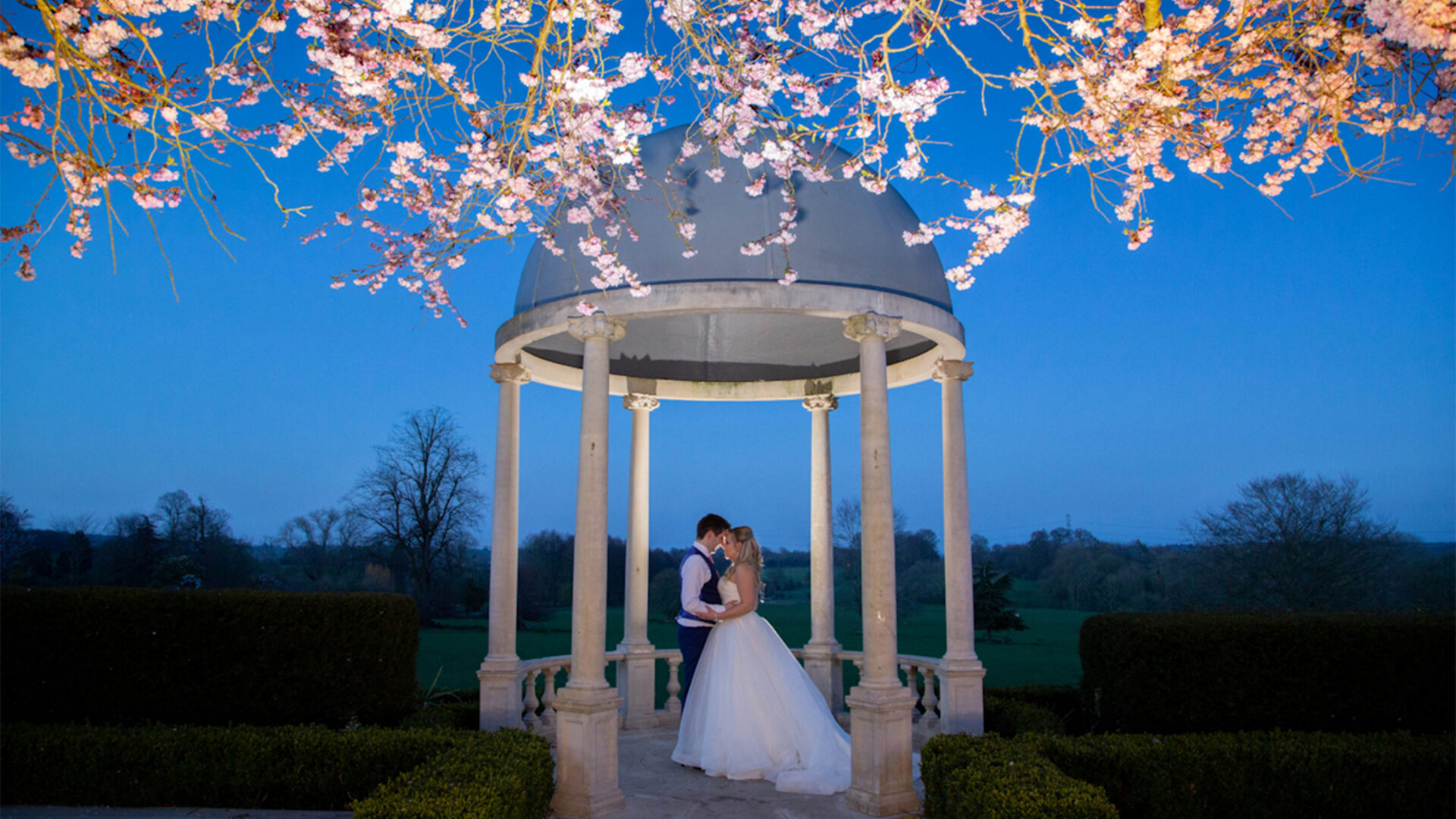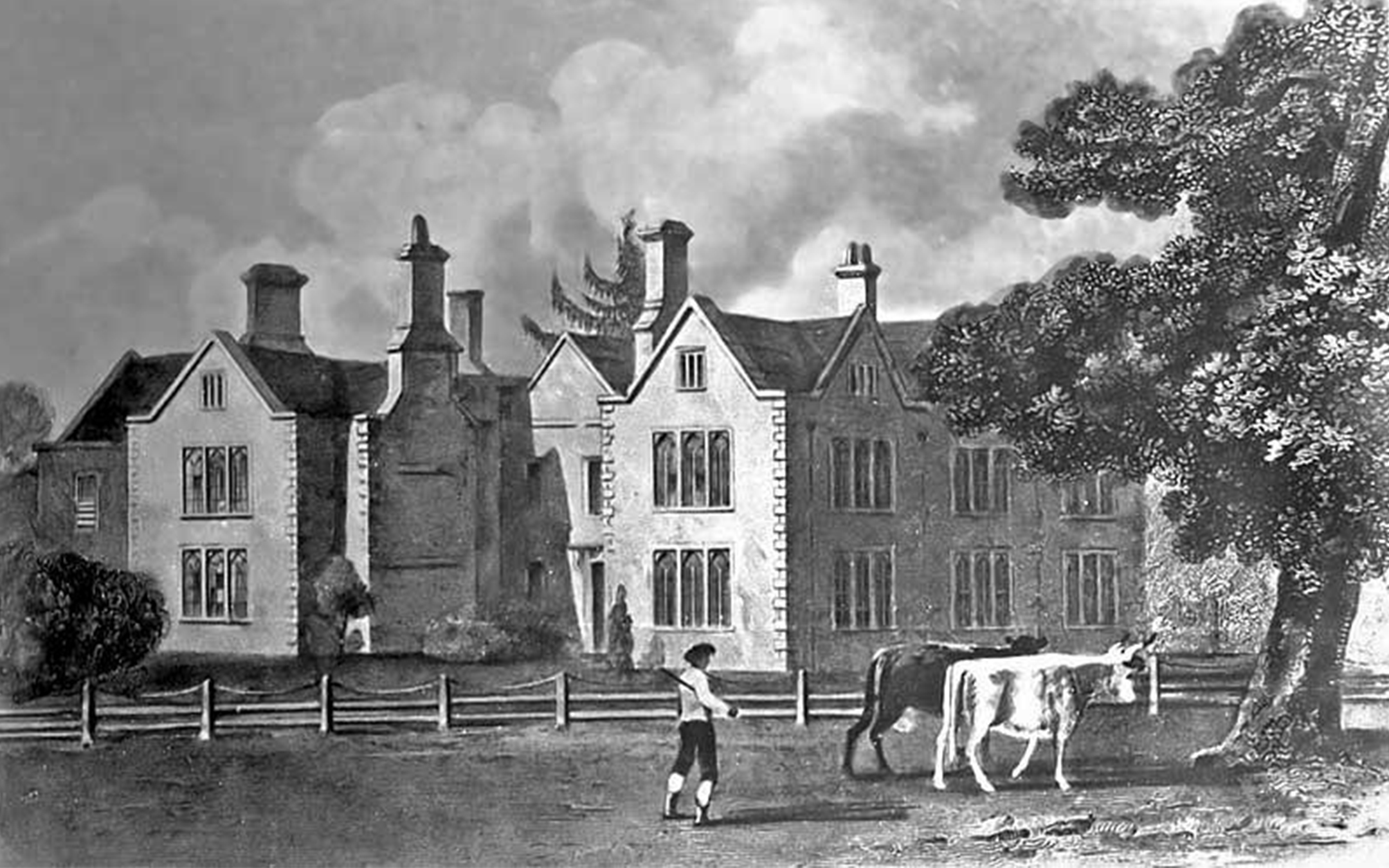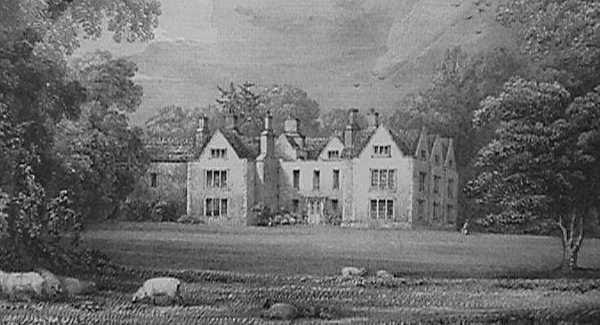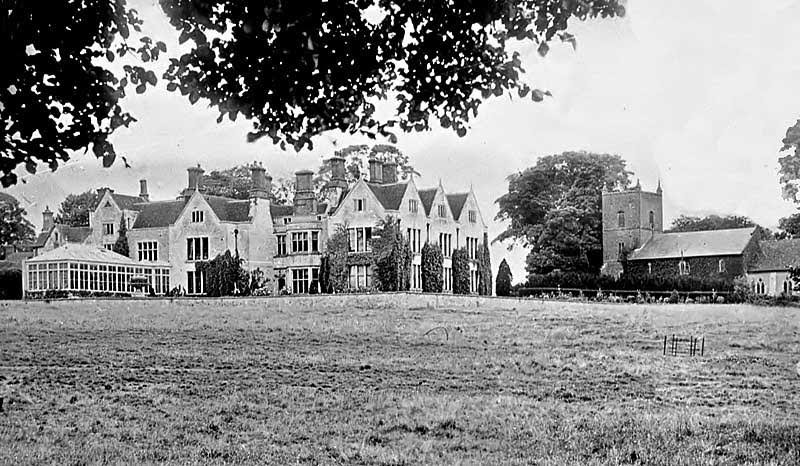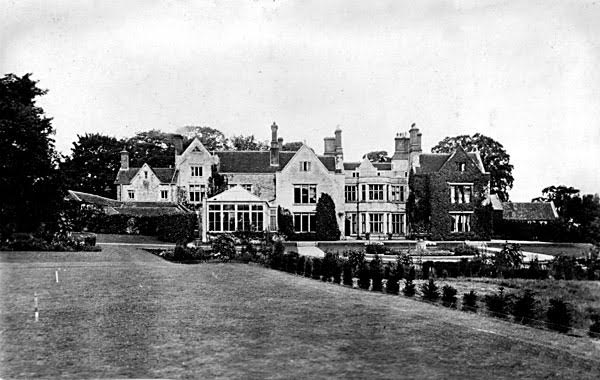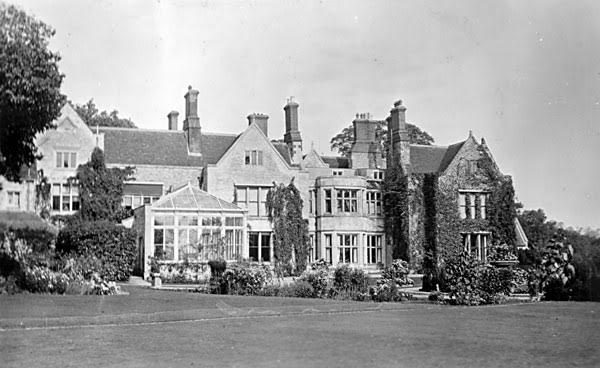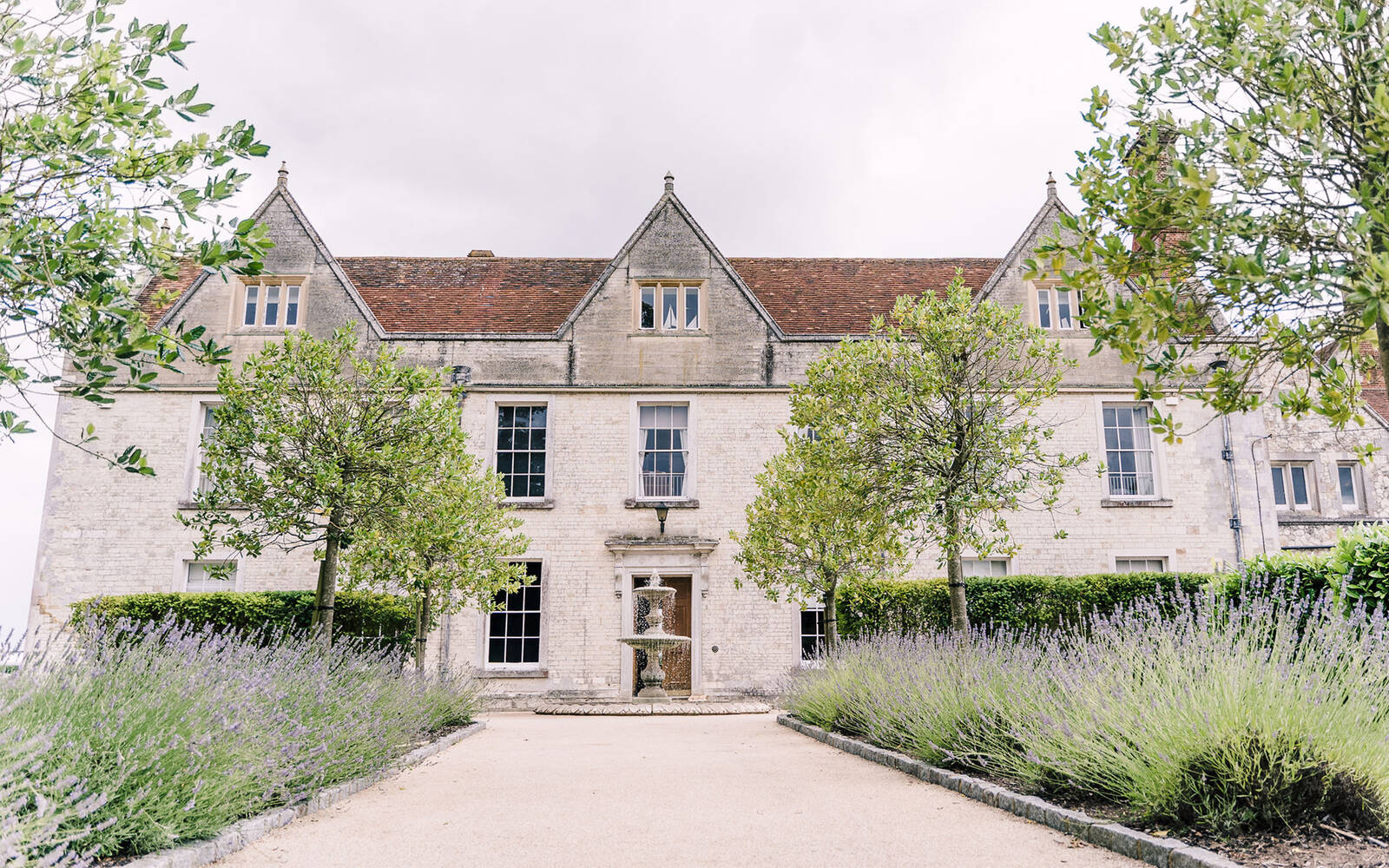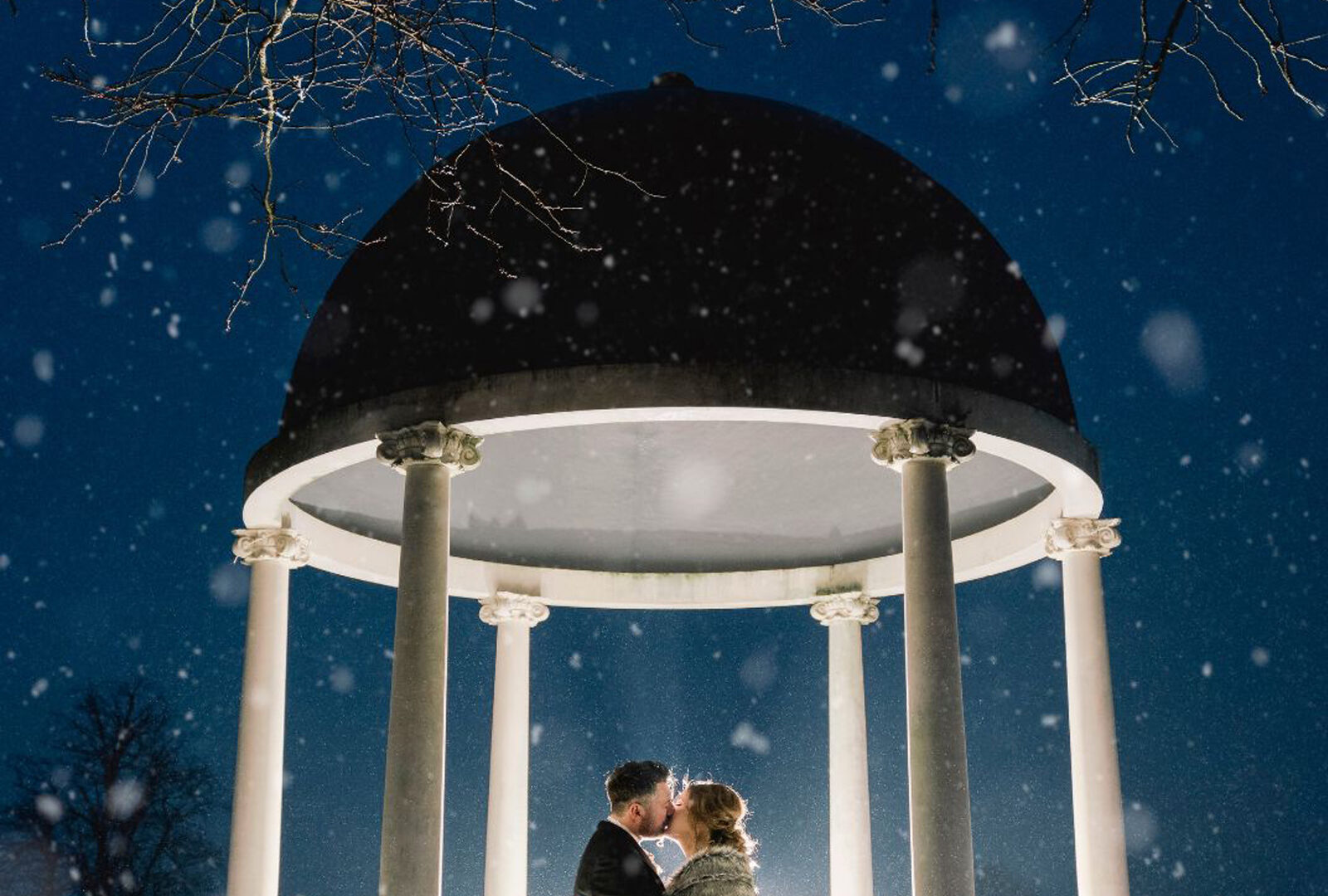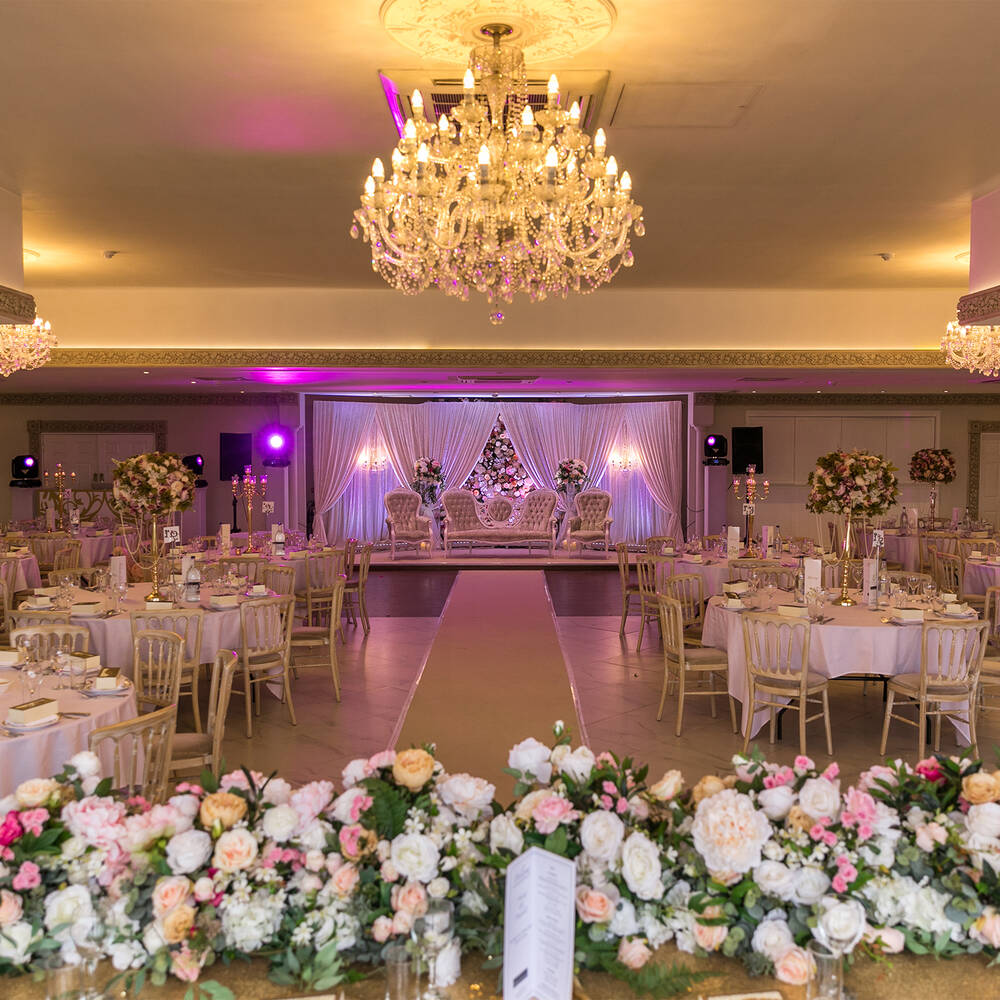Several ideas as to the meaning of the name Froyle have been suggested, but the most likely seems to be Froehyll – an old English word meaning Frea’s Hill. Froli was a Royal Manor and was held by Edward the Confessor. His Queen, Editha, held the manor of Alton (Aweltone). With the Conquest, Froli came into the hands of William the Conqueror and is mentioned in Domesday Book as Froli. In 1086, William gave the manor to the nuns of St.Mary’s, Winchester. Around 1337 or soon after, John de Brocas, a refugee from Gascony, took service with Edward III. He fought at Crécy and the siege of Calais. He became Sir John Brocas and was rewarded with several estates of manors in Hampshire, including Froyle. The Brocas family continued to hold the Froyle property until 1539.
Froyle Park then known as Gasston House/Froyle Place is a listed Grade II* stone house believed to date from 1588 but 1620 seems a more accurate date. It was built by the Jephsons on the site of the older house and altered during the Jacobean, Georgian and Victorian periods. The neighbouring Church of St Mary is a listed Grade I Church dating from the late 13th and early 14th century and has a distinctive tower of 1722.
